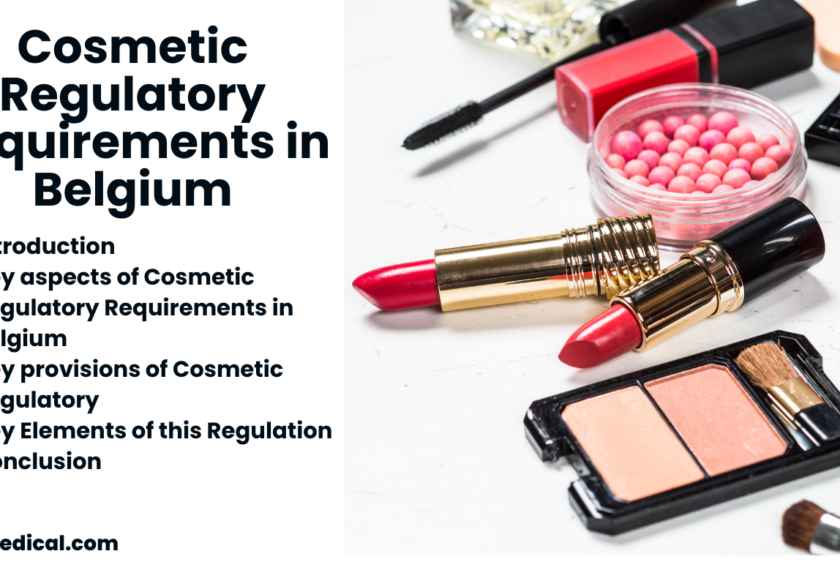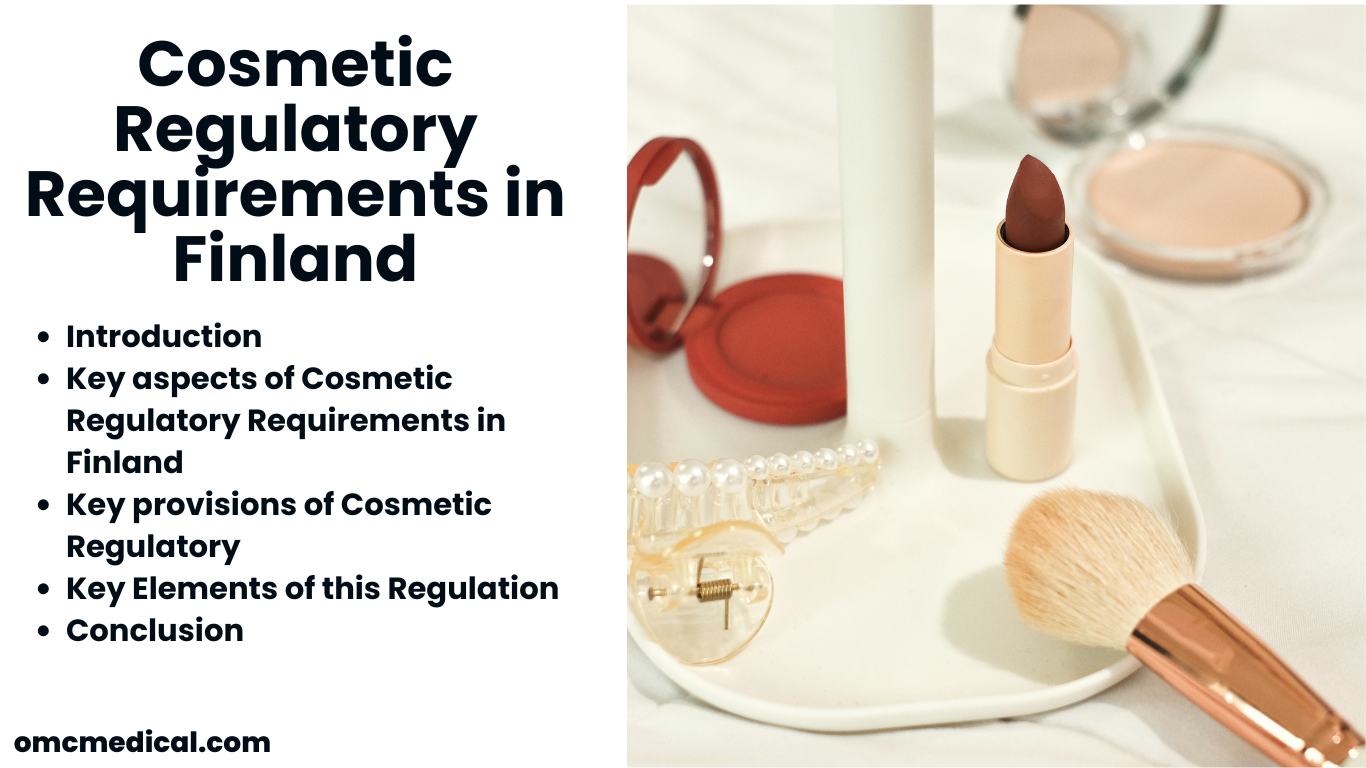Cosmetic Regulatory Requirements in Belgium follows the EU regulation (Regulation (EC) No 1223/2009) without additional national requirements for cosmetics.
Federal Agency for Medicines and Health Products (FAMHP)
In Belgium, the regulatory authority responsible for overseeing cosmetic products is the Federal Agency for Medicines and Health Products (FAMHP). The FAMHP ensures that cosmetic products available on the Belgian market comply with the EU regulation and national laws.
Language Requirements
Belgium has three official languages: Dutch, French, and German. Cosmetic product labels must be available in at least one of these languages, and it is common practice to include all three to ensure accessibility for all consumers.
Market Surveillance
The FAMHP conducts market surveillance activities to ensure compliance with the regulation. This includes random checks of products, inspection of production facilities, and monitoring of cosmetic products on the market.
Adverse Event Reporting
Manufacturers, importers, and distributors must report any serious undesirable effects (SUEs) associated with cosmetic products to the FAMHP. This helps in monitoring the safety of cosmetics and taking necessary actions to protect consumers.
Borderline Products
Certain products may fall under the category of both cosmetics and medicinal products, biocides, or medical devices. The classification depends on the product’s intended use, claims, and ingredients. The FAMHP provides guidance on the classification of such borderline products to ensure they meet the appropriate regulatory requirements.
Compliance and Enforcement
Non-compliance with the cosmetic regulations can result in various enforcement actions by the FAMHP, including product recalls, fines, and other legal actions. Companies must ensure that their products and practices fully comply with the regulatory requirements to avoid such consequences.
Key Provisions of the Cosmetic Regulatory Requirements in Belgium
The Regulation (EC) No 1223/2009 on cosmetic products, which came into effect on July 11, 2013, replaced the Cosmetics Directive 76/768/EEC. The main objectives of this regulation are to ensure the safety of cosmetic products and to streamline the requirements across the EU member states.
Key Elements of this Regulation
Safety Assessment
Before a cosmetic product can be placed on the market, it must undergo a safety assessment conducted by a qualified safety assessor. The safety report is part of the Product Information File (PIF).
Product Information File (PIF)
Every cosmetic product must have a PIF, which includes detailed information about the product, such as the safety assessment, product description, manufacturing method, proof of the effects claimed, and data on any animal testing performed.
Notification
Cosmetic products must be notified to the EU Cosmetic Products Notification Portal (CPNP) before being marketed. This centralized database is accessible to competent authorities for market surveillance and emergency purposes.
Labelling
The product label must include the name and address of the responsible person, the country of origin for imported products, the nominal content, the date of minimum durability, precautions for use, the batch number, the product’s function, and a list of ingredients.
Cosmetic Good Manufacturing Practices (GMP)
Compliance with Good Manufacturing Practices, as outlined in ISO 22716, is mandatory to ensure the quality and safety of cosmetic products.
Nanomaterials
Special provisions apply to nanomaterials used in cosmetics, including specific labelling requirements and notification to the European Commission.
Conclusion
Cosmetic products in Belgium are regulated under the comprehensive framework of the EU Regulation (EC) No 1223/2009, with oversight by the Federal Agency for Medicines and Health Products (FAMHP).
This regulatory system ensures that cosmetic products are safe for consumers and meet high standards of quality and transparency. Manufacturers, importers, and distributors must comply with these regulations to place their products on the Belgian market.







